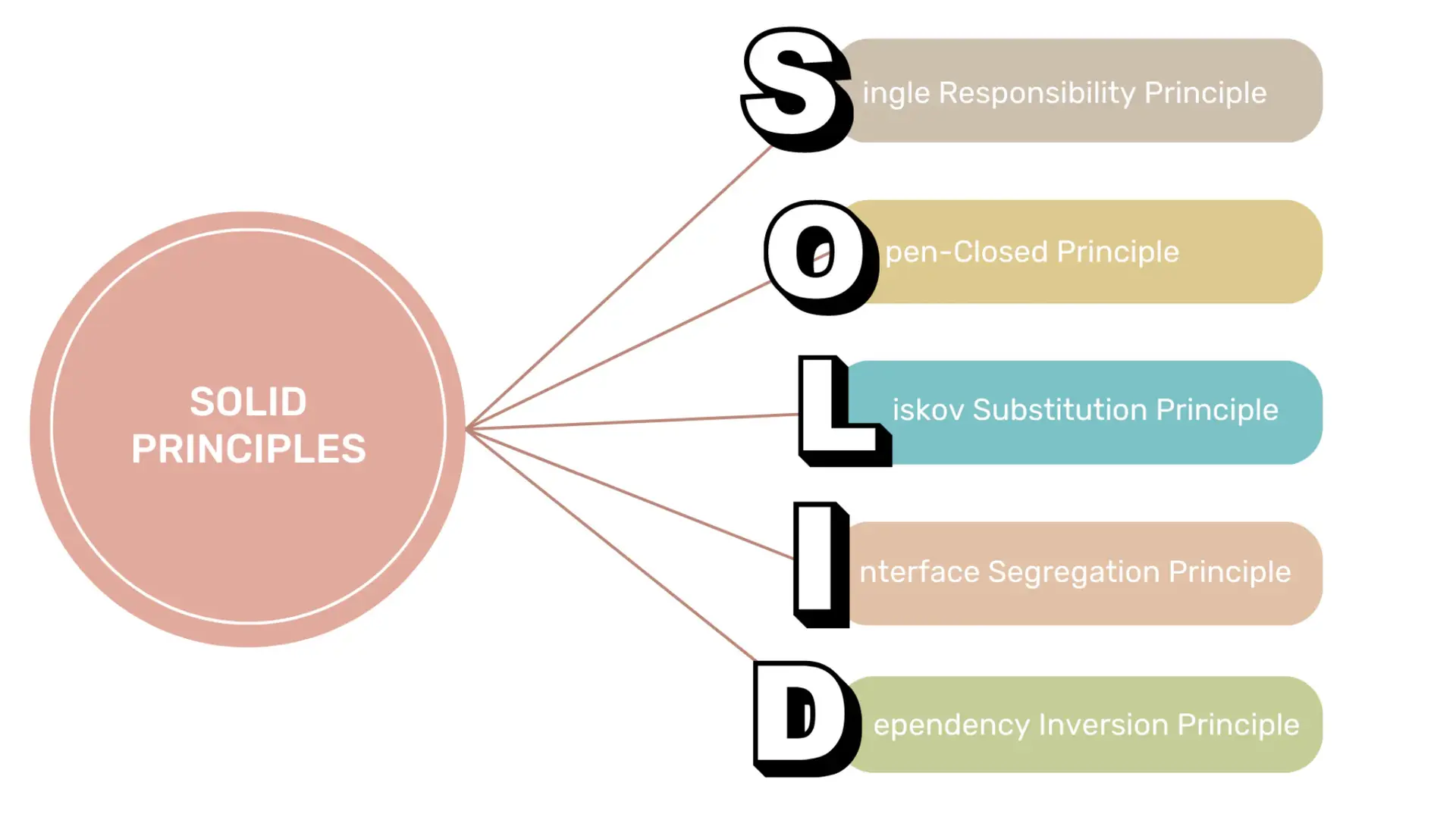Learn about VLAN Trunking Protocol (VTP) and how to enable it on Cisco switches. VTP simplifies VLAN management and improves network performance. Understand the different VTP modes and follow best…
Load Distribution Over An Etherchannel

Introduction
When it comes to network design, load distribution is a critical factor to consider. Load distribution refers to the way network traffic is distributed across multiple links to ensure optimal performance and utilization. In this blog post, we will explore load distribution over an Etherchannel, a technology that allows the bundling of multiple physical links into a single logical link.
Understanding Etherchannel
Etherchannel, also known as link aggregation or port-channel, is a feature available on many network switches that allows the combination of multiple physical links into a single logical link. This logical link provides increased bandwidth, redundancy, and load distribution capabilities.

Load Distribution Algorithms
When configuring an Etherchannel, it is essential to understand the load distribution algorithms used to distribute traffic across the bundled links. These algorithms determine how traffic is distributed and can vary depending on the switch vendor and configuration.
Source MAC Address
One common load distribution algorithm is based on the source MAC address of the incoming packets. This algorithm uses a hashing function to calculate the link where the traffic should be forwarded based on the source MAC address. This method ensures that traffic between the same source and destination MAC addresses always takes the same path, providing consistent load distribution.
Source IP Address
Another load distribution algorithm is based on the source IP address of the packets. Similar to the source MAC address algorithm, this method uses a hashing function to determine the link where the traffic should be sent based on the source IP address. This algorithm is particularly useful when dealing with traffic from different subnets.
Source and Destination IP Address
Some switches support load distribution based on both the source and destination IP addresses. This algorithm takes into account both the source and destination IP addresses to determine the link on which the traffic should be forwarded. This method provides even better load distribution in scenarios where traffic patterns are asymmetric.
Other Load Distribution Algorithms
There are other load distribution algorithms available, such as based on Layer 4 port numbers, VLAN ID, or even a combination of multiple factors. The choice of algorithm depends on the specific requirements of the network and the capabilities of the switch.

Configuring Load Distribution
To configure load distribution over an Etherchannel, the first step is to create the Etherchannel interface on the switch. This interface serves as the logical link that combines the physical links. The next step is to select the load distribution algorithm that best suits the network requirements.
Example Configuration
Switch(config)# interface port-channel 1 Switch(config-if)# channel-group 1 mode on Switch(config-if)# exit Switch(config)# interface range gigabitEthernet 1/1 - 4 Switch(config-if-range)# channel-group 1 mode on Switch(config-if-range)# exit
In the example configuration above, we create an Etherchannel interface named port-channel 1 and bundle four physical interfaces (gigabitEthernet 1/1 to 1/4) into the Etherchannel. The “mode on” command specifies that the Etherchannel should be operational without using a negotiation protocol.
Verifying Load Distribution
Once the Etherchannel is configured, it is essential to verify that load distribution is working as expected. Most network switches provide commands to display the load distribution statistics for an Etherchannel interface.
Example Verification
Switch# show etherchannel load-balance interface port-channel 1
The “show etherchannel load-balance” command can be used to display the load distribution statistics for the specified Etherchannel interface. This output provides valuable information about how traffic is being distributed across the bundled links.

Conclusion
Load distribution over an Etherchannel is a crucial aspect of network design. By bundling multiple physical links into a single logical link, Etherchannel provides increased bandwidth, redundancy, and load distribution capabilities. Understanding the load distribution algorithms and properly configuring the Etherchannel ensures optimal performance and utilization of the network.
Remember, load distribution algorithms can vary between switch vendors and configurations. It is essential to consult the documentation specific to your switch model and firmware version for accurate configuration instructions.

https://itexamsusa.blogspot.com/2023/12/a-comprehensive-guide-to-machine.html
https://itexamsusa.blogspot.com/2023/10/exam-dp-203-data-engineering-on.html
https://itexamsusa.blogspot.com/2023/10/ccnp-enterprise-advanced-routing-enarsi.html
https://itexamsusa.blogspot.com/2023/10/comptia-project-pk0-005-cert-guide.html
https://itexamsusa.blogspot.com/2023/09/spring-framework-5-to-build-end-to-end.html
https://itexamsusa.blogspot.com/2023/08/how-to-become-blockchain-developer.html
https://itexamsusa.blogspot.com/2023/07/ultimate-blogging-tips-for-beginners.html
https://itexamsusa.blogspot.com/2023/07/cisco-bandwidth-vs-clock-rate-and-speed.html











































